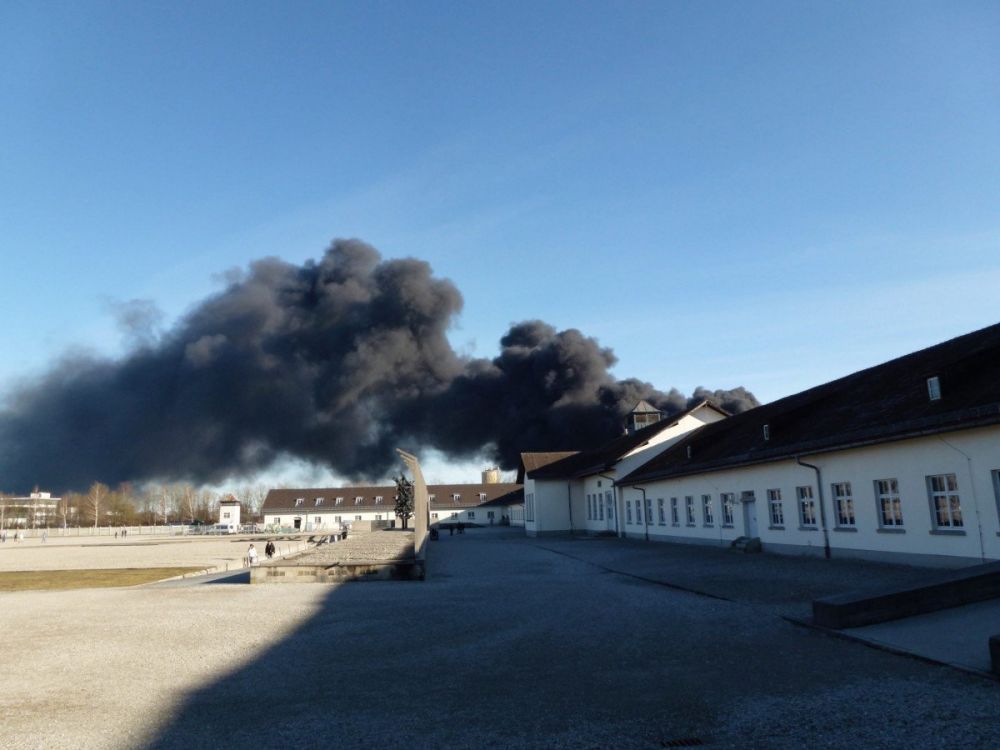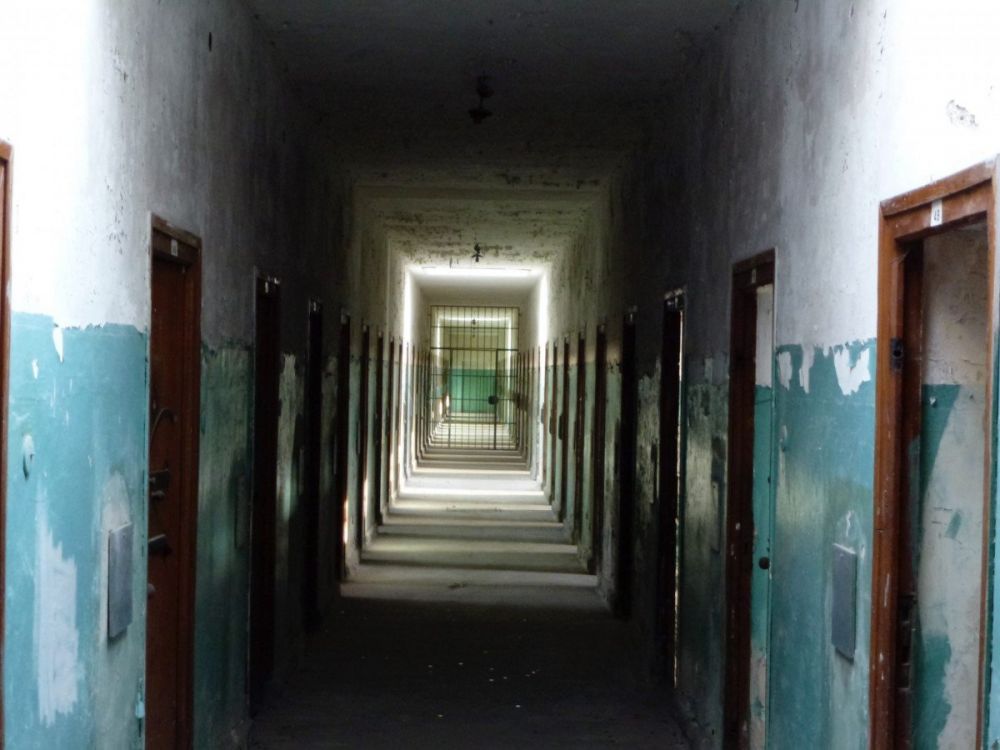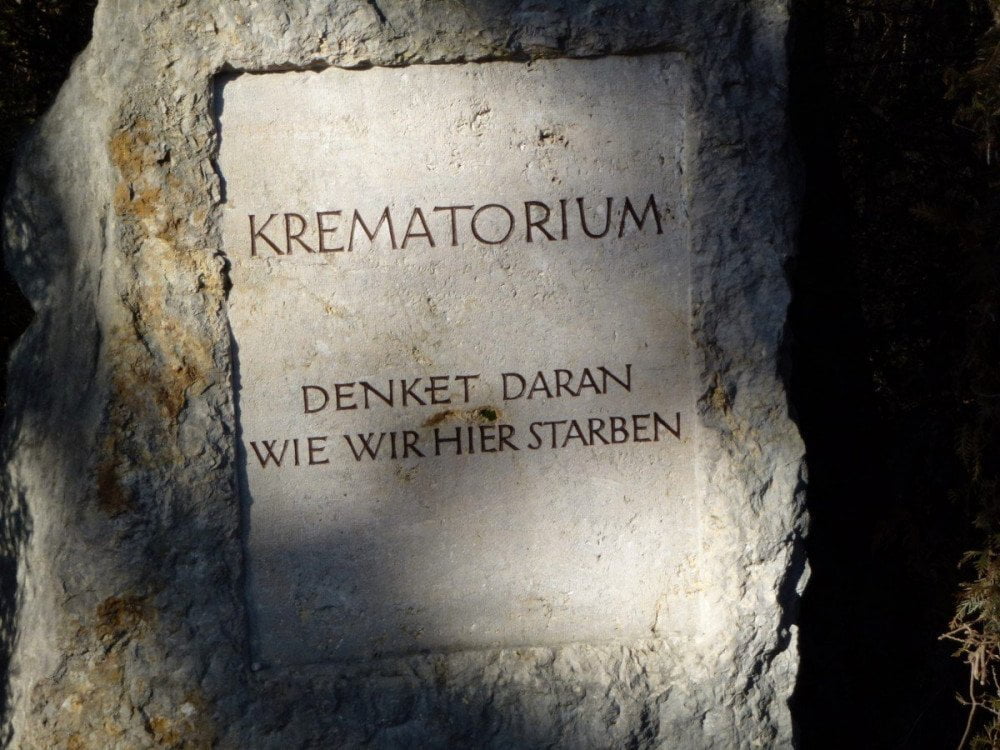Visiting the Dachau Memorial Site is a very moving experience. Visiting a concentration camp proved challenging, confronting the profound impact of this dark chapter on its victims. Today, places like Dachau serve as a reminder of the consequences of hatred and discrimination. It’s crucial not to forget, especially as the eyewitnesses fade away, leaving us responsible for preserving their stories.
Table of Contents
Why visit the Dachau Memorial Site
After I visited the Dachau Memorial Site, it took me a while to put together this post. The place had a profound emotional impact on me. The Dachau concentration camp left me utterly speechless, confronting the unimaginable atrocity that humanity is capable of creating.
PLAN YOUR TRIP TO MUNICH
Get ready to make the most of your Munich trip with the Munich Official City Card to enjoy free public transportation throughout the city and exclusive discounts on admission prices to some of the most popular tourist attractions, such as the Deutsche Museum, Pinakothek der Moderne, and the Nymphenburg Palace.
Keep you connected throughout your journey in Munich with an Airalo eSim, saving money on data coverage while in Germany.
Though I am not a fan of dark tourism, visiting certain places is necessary to prevent history from being forgotten. The Dachau concentration camp is even more impactful because it involves us almost directly. It is part of that recent history lived by only two generations before us.
Before continuing to read, please remember that Dachau is not a tourist site. Dachau Memorial Site is a silent reminder of the atrocity that humankind can perpetrate. Especially today, with nationalism and populism still a driving force behind much political communication.

What to see at the Dachau Memorial Site
A visit to the Dachau Memorial Site begins with the famous inscription ‘Arbeit macht frei’ on the entrance gate. It means ‘Work makes you free’. Seeing it in real life and not in films or documentaries is quite unsettling. It reminds you that this horrible page of history happened for real.
The Dachau Memorial Site includes a leading exhibition in the former maintenance building and the concentration camp area. On the concentration camp, you can see the camp prison, a reconstructed barrack and the crematorium.
I visited the Dachau Memorial Site independently because I didn’t plan my visit. However, after my experience, I recommend seeing it with a guided tour. You could better understand the camp organisation and learn more about the historical events.
Maintenance building
The central theme of the visit to the Dachau Memorial Site is the fate of the prisoners imprisoned there. From their arrival at the camp until their death (or Liberation). In the leading exhibition, you can learn about the historical context, the biographies of individual prisoners and the different groups of prisoners.
The first part of the exhibition tells how, ifrom 1933 to 1939, the concentration camp was mainly used to eliminate political opposition and people considered ‘outsiders’ to the community. During the war, instead, from 1939 to 1941, the concentration camp became a death camp. Its purpose was to eliminate prisoners through forced labour.
The exhibit also explains how Dachau was the main concentration camp in the area. Secondary camps surrounded the camp. From 1942 to 1945, prisoners from Dachau were sorted into various secondary camps in Germany and Austria to work in the armaments industry.
The last part of the exhibition in the maintenance building documents what happened to the camp after the war and how the Dachau Memorial Site was built.
Camp prison
Dachau camp prison is just behind the maintenance building. It was used by the SS for the harshest punishments, so much so that it was renamed ‘Bunker’ by the prisoners. Here, the SS locked up ‘special prisoners’, a category that included prominent political opponents. Part of the cells houses an exhibition on religious special prisoners and the failed assassination attempt on Hitler in Munich’s Bürgerbräukeller brewery by Georg Elser, who was also imprisoned here.

Barracks
During a visit to the Dachau concentration camp, you can enter a prisoner barracks. The original barracks, called ‘Block’, were demolished in the 1960s and partially rebuilt following the creation of the Dachau Memorial Site. Concrete plinths occupy the other former barracks’ space to remember the camp’s original layout.
Each barrack was split into four dormitories, each with a ‘living room’ with tables and stools and a dormitory with bunk beds. Although we can see with our own eyes the spartan bunk beds without mattresses, the reconstruction does not fully convey the overcrowded and harassing conditions in which the prisoners were forced to live. The barracks could accommodate 200 people, while towards the end of the war, each building housed more than 2,000 inmates.
Crematorium
The crematorium area is outside the rectangular perimeter that encloses the barracks. You can reach it via a bridge built after the Liberation. Still, when the Dachau camp was in operation, this area was separated from the other spaces. At the time, only inmates in charge of cremating corpses and SS officials had access to it.
There were two crematoriums at Dachau: the first structure, built in 1940 and not visitable, and the Barrack X, constructed in 1944 because the first had become insufficient for the number of bodies to cremate. The Barrack X had rooms for disinfestation, a gas chamber disguised as a shower, and four crematoria.

Worship places
Everyone experiences visiting concentration camps differently, yet in the Dachau memorial, time seems suspended. The horror of the Holocaust and the programmed elimination of all dissidents and people deemed ‘undesirable’ prompts everyone, including non-believers, to gather and reflect.
Inside the structure, there are four religious symbols located at the back of the concentration camp, representing the confessions of the prisoners. The first religious building constructed in the Dachau memorial was the Catholic Chapel of the Agony of Christ, an initiative started by Johannes Neuhäusler, Bishop of Munich, who was imprisoned in this camp. The chapel is cylinder-shaped and represents the liberation from captivity through the help of Christ.
The Jewish Memorial, designed by Zvi Guttmann, is a structure surmounted by a menorah. It symbolises the extermination of the Jews. The Protestant Church of Reconciliation, designed by Helmut Striffler and desired by survivors from the Netherlands, with the support of the German Evangelical Church, has an asymmetrical shape to differentiate it from the geometric structure of the concentration camp.
The Russian Orthodox Chapel is outside the Dachau camp and was built after the fall of the Berlin Wall. It commemorates the Soviet prisoners, the third largest group of Dachau camp victims. The wooden chapel with an octagonal ground plan, designed by Valentin Utkin, is located on a rise of land made of soil from the different republics of the former Soviet Union.
Visiting Dachau with children: YES or NO
Although there is no ban on visiting the Dachau Memorial Site with children, the site itself advises against visiting the concentration camp with children under the age of 13. There are no exhibits for younger children, and all educational activities, including guided tours, are exclusively for teens. Furthermore, the topics covered and the history told, which are already difficult for adults to accept, can be challenging to explain to younger children.
I would also avoid visiting the Dachau Memorial Site with babies and toddlers as it is a place to be seen in silence, to reflect on the tragedy of the extermination of thousands of people by the Nazis. A toddler would inevitably run or laugh and make noise inside the camp. I have not brought my son and will not take him before he studies these topics in school.
Practical information for visiting the Dachau Memorial Site
The best way to visit the Dachau Memorial Site is by taking a guided tour with transport from Munich. Visiting it on your own from Munich is possible. Still, it requires much time and using different public transportation, such as trains and buses, unless you have a car.
I recommend you choose a guided tour from Munich to save time. The guide can also explain this complex page of German and European history.
Visit the Dachau Memorial Site on your own
If you go on your own, entry to the Memorial Site is free, but with an organised tour, you can make the most of your time and have a guide on hand to explain the camp’s history.
If you prefer to make your arrangements, consider at least half a day to visit the Memorial to see the concentration camp. The exhibition captions are in English and German.
The Dachau Memorial offers guided tours in several languages that start at set times. However, to take advantage of this, you have to match the time of your visit with the time of the guided tour. Alternatively, you can visit the concentration camp on your own or with an audio guide.
How to get to the Dachau Memorial Site
You have several choices to reach the Dachau Memorial Site from Munich. If you come by car, there is an ample car parking at the entrance.
By public transport, you can reach the concentration camp by train from Munich (Line S2) to Dachau and then take bus 726, which takes you to the entrance of the Memorial. The journey from Munich Central Station takes about 40 minutes. It is quite easy even if you do not speak German because there are many signs about train and bus routes to Dachau.
KZ-Gedenkstätte Dachau
Alte Römerstraße 75
85221 Dachau, Germania
Where to stay in Munich
In Munich, like in any big city, there are many options for accommodation. My favourite hotel is the Hilton Munich City, which boasts a fantastic restaurant, parking facilities, and a bar serving unique signature cocktails.
Another great option is Hotel MIO by AMANO, conveniently located close to popular points of interest in Munich. Alternatively, the Hotel Blauer Bock offers a breakfast buffet in the hotel’s elegant restaurant, serving regional specialities throughout the day and evening.
After visiting the former concentration camp Dachau, I felt very sad. I would not go back there, yet I believe that at least once in a lifetime, it is necessary to visit a memorial like this one so as not to forget the atrocity of the holocaust and concentration camps. Feel free to comment if you have also visited the Dachau Memorial Site or another concentration camp in Europe.
